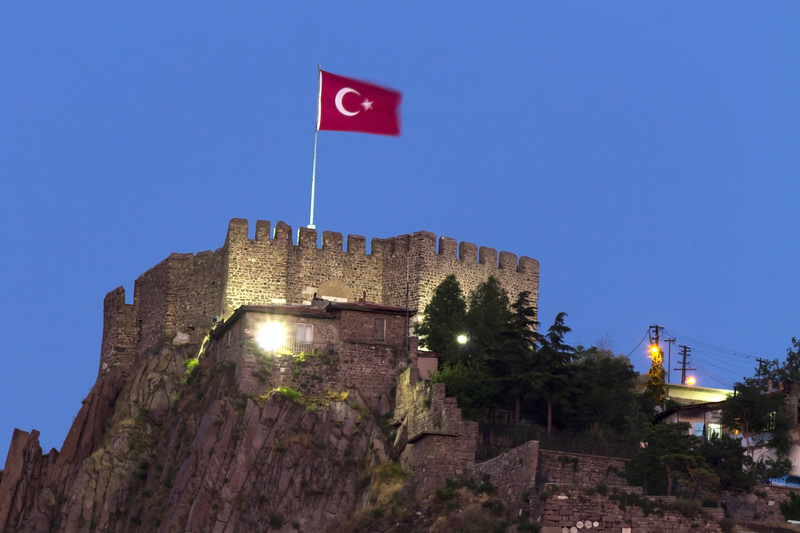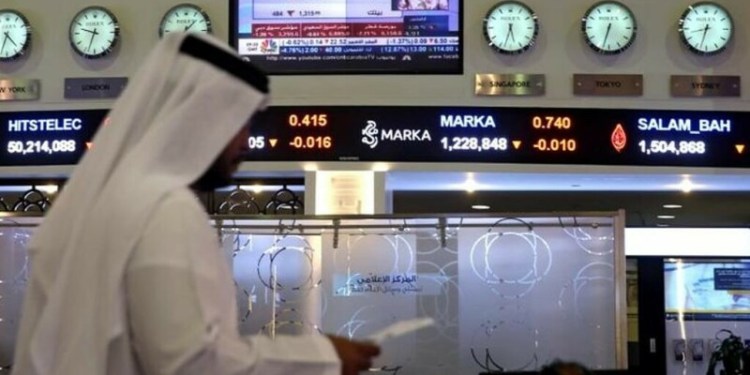 Deal With Turkey Threatens Trump’s Iran Strategy
Deal With Turkey Threatens Trump’s Iran Strategy(Bloomberg Opinion) — If you want a sense of how disjointed U.S. strategy in the Middle East is, pay attention to the small Syrian town of Manbij.
On June 4, Secretary of State Mike Pompeo and his Turkish counterpart, Mevlut Cavusoglu, appeared to reach an understanding that U.S.-backed Kurdish fighters and political leaders would pull out of the town. While Cavusoglu said the withdrawal would happen in the next few months, U.S. officials stressed to reporters that there was no timeline and that many details still needed to be negotiated. Meanwhile, Kurdish militia leaders say some of their military advisers have already left.
In one sense, the outline of such an agreement is good news. The apparent understanding has purchased some time and may have staved off the kind of confrontation that played out earlier this year when Turkish troops attacked Kurdish positions in Syria’s Afrin region. That clash pitted two U.S. allies against each other inside Syria, just as the fight against the Islamic State was ending. So a deal between the U.S. and Turkey on Manbij is important because the Turks had threatened to attack the city if Kurdish militias didn’t leave.
At the same time, the deal could undermine the Trump administration’s goal of working with allies to roll back Iran’s presence in the Middle East, an important theme of Pompeo’s Iran speech last month.
Some context sheds light on the stakes. In 2015, President Barack Obama’s administration made a bargain with the Kurdish People’s Protection Units, or YPG, to take on the Islamic State in Manbij. Western intelligence agencies had determined that the town hosted training facilities for terrorists who planned attacks in Europe. Obama’s gambit worked: The YPG proved a competent fighting force when supported by U.S. air power and special operators.
Over time, the U.S. managed to push the solely Kurdish YPG to broaden into a more pan-Syrian organization by creating the Syrian Democratic Forces, which included some Arab fighters, though the YPG retained a dominant role. But because the YPG is aligned with the separatist Kurdistan Workers Party in Turkey, the Turks viewed U.S. support for the militia as a betrayal, and took matters into their own hands this year with the attack on Afrin.
To drive Iran out of Syria without committing too many forces on the ground, the U.S. will need the Syrian Kurds to refrain from seeking a separate peace with Iran or the Bashar al-Assad regime in Damascus. More important, the U.S. will also have to show other local militias and governments in the region that it will stand by its friends, even when it’s not convenient.
That’s why the deal with Turkey presents complications. On Wednesday, Sinam Mohamad, who leads the U.S. mission of the Syrian Democratic Council, the political umbrella of the Syrian Democratic Forces, told me her organization was not included in the U.S.-Turkish negotiations. “This is an agreement between Turkey and the U.S.,” she said. “No local Kurdish or Arab representatives were included.”
Her organization doesn’t know the full details of the deal, she added. “We worry that Turkey or its allies will end up ruling there,” she said. “We don’t want to see what happened in Afrin to be repeated in Manbij.” She added that marauding gangs now terrorize the population of Afrin, which the Syrian Democratic Forces had once protected.
The threat from Turkey could force the Kurds who fought against the Islamic State to seek their own peace with the Assad regime, jeopardizing Trump’s Iran strategy.
Jennifer Cafarella, a Syria expert at the Institute for the Study of War, said the YPG “is going to make its own decisions based on the strategic question which remain unanswered: What will be the future of areas captured from ISIS?”
So far, the Trump administration has not said whether it would support local rule for these regions, or allow them to be dominated by the Assad regime or a foreign power.
Mohamad stressed that the Syrian Democratic Council was pressing for a form of federalism in Syria, not separatism.
“We think a democratic federation with local rule is not only a good model for northern Syria, where we are based, but it is a good model for all of Syria,” she said. “We don’t want to return to dictatorship.”
There’s a catch. Mohamad also said her council was prepared to negotiate with the Assad regime, though it would prefer to do so after reaching a strategic agreement with the U.S. for long-term support. This kind of arrangement would be similar to the one the U.S. made with Iraqi Kurds after the first Gulf War.
Eric Edelman, who served as U.S. ambassador to Turkey during the George W. Bush administration, said the U.S. should commit to a long-term relationship with the Syrian Kurds who helped liberate territory from the Islamic State. “We have to have a continuing presence, provide them with continuing support, and where they have control of areas with Kurdish populations, they should maintain that control and not hand it over to others.”
That approach would cause heartburn for Turkey. But the problems with Turkey run much deeper than American support for Syrian Kurds. The U.S. currently provides safe haven to the Turkish cleric, Fethullah Gulen, which Turkey’s president, Recep Tayyip Erdogan, has accused of fomenting a failed military coup in 2016. Meanwhile, the Turks are holding at least two Americans hostage, along with 30 other Western nationals, according to a recent report from the Foundation for the Defense of Democracies.
More important the Turks have proved to be unreliable allies in the U.S.’s Iran strategy. Earlier this year a federal jury in Manhattan convicted a former deputy general manager of the Turkish state-controlled Halkbank for engaging in a complex scheme to help Iran evade sanctions between 2010 and 2015. In April, Erdogan hosted a summit with his Iranian and Russian counterparts to negotiate Syria’s future.
If America ends up siding with the Turks over the Kurds, other allies might get the impression that Washington prefers its fake friends to its real ones.
Source: Investing.com



























